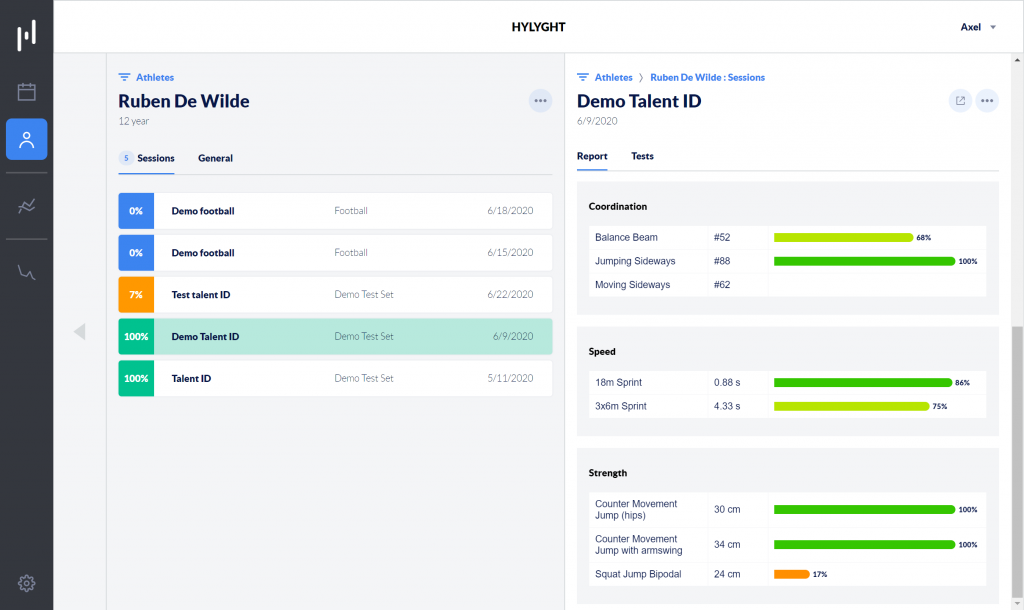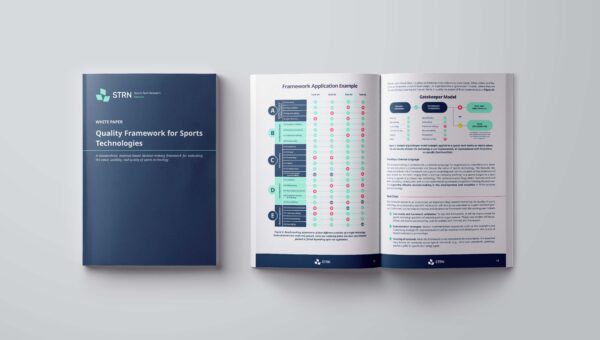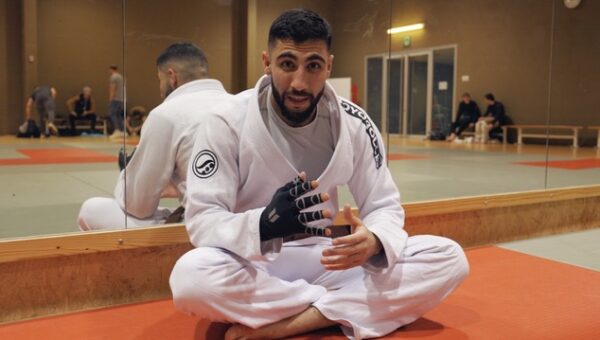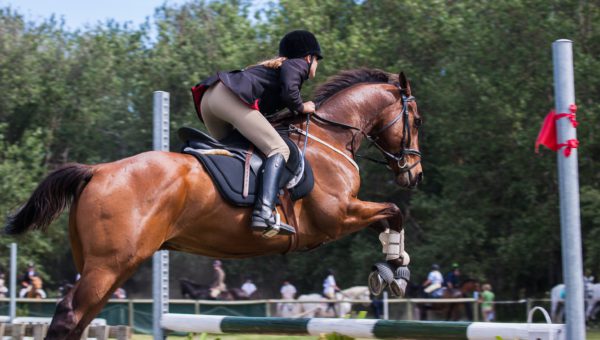Download the infographic about Hylyght here.
The identification of talent in sport is often erratic and subjective. There is a lot of focus on the current performance of young athletes and the real talents – the ones with the future potential – are often overlooked and de-selected early. In terms of development, a one-size-fits-all approach too often overshadows individual development pathways – leading to overuse injuries, demotivation and early drop-out from sports.
Hylyght is a knowledge centre and a partner in talent identification & development. The platform helps clubs and federations focus on finding the right talents and do the right things with them at the right time. Because talent is ideally identified during a period of accelerated physical growth, the maturity & development of the athletes is crucial… but rarely taken into account.
What is talent identification?
Talent identification is the search for young athletes with the potential to become elite athletes.
For Hylyght it’s also about giving clubs and federations with limited budgets a chance to make the right choices. Most of them already have some kind of talent tests and a talent development approach. We help them to fine-tune the process, decide on selection criteria and select the right athletes.
Lode Goossens, Founder of Hylyght

Why is talent identification important?
During youth development in sport, coaches and trainers tend to rely on their experience to select talent (the coach’s eye). This causes a bias, as maturity can vary enormously and is rarely taken into account.
In most sports, taller and stronger kids are seen as more talented players. In team sports they are the most visible on the field, take control of the game and score the winning points. In individual sports they are faster and stronger than their opponents and arrive at the finish first. This catches the eye of talent scouts and coaches – who might be overlooking the potential of the ones who are later in their physical development and are not as dominant. Talented but late mature athletes might miss their chance due to a limited number of spots in the talent development program.
A well-known consequence is the relative age effect, where children born early in the year have more chances of being selected due to physical advantages – as they may be up to 11 months older than the peers they are compared to.
The talent Identification Process
Talent identification shouldn’t be done too early. Young kids should all get the same chances in developing physical skills and enjoying sports and talent identification at a young age makes no sense in most sports. Clubs and federations should invest in all kids equally and at an age of 11-13 there is still sufficient time to identify and develop talent, with the exception of some early-performing sports like gymnastics.
When focusing your talent identification process on an 11+ age group, the physical development – whether you’re maturing early, on-time or late – should be taken into account. Potential should dethrone performance.
Johan Pion, Professor at Ghent University and HAN University of Applied Science.
“It’s important to give good feedback to every athlete, also to the ones that weren’t selected”, explains Johan. “A lot of tools focus on identifying a select number of athletes and develop their talent further. They forget about the ones that are not selected. A tool like Hylyght can make a difference by providing actionable feedback to every athlete and give them the chance to compare their test results to peers. Every link in the chain is equally important so feedback to everyone involved in the process is a key success factor.”
A well-developed talent identification program is key to give that fair chance to every athlete in the running, especially in smaller countries where the selection pool is small and every overlooked talent is one too many.
But how do you identify talent?
“We see ourselves as a partner to implement standardized and objective test protocols. We help federations and clubs to set up their own highly specialized program with the right parameters. We ensure they have the right tools and knowhow to ensure high-quality data – which is a crucial part of the equation but is often forgotten.”, says Lode.

“By putting the athlete at the centre and making a complex & clouding component like maturity crystal-clear, we put a step in the right direction to emphasize potential instead of current performance. That’s how we profile athletes and focus on individual patterns in order to make a difference in talent identification which is connected to the talent development process”, concludes Lode.





